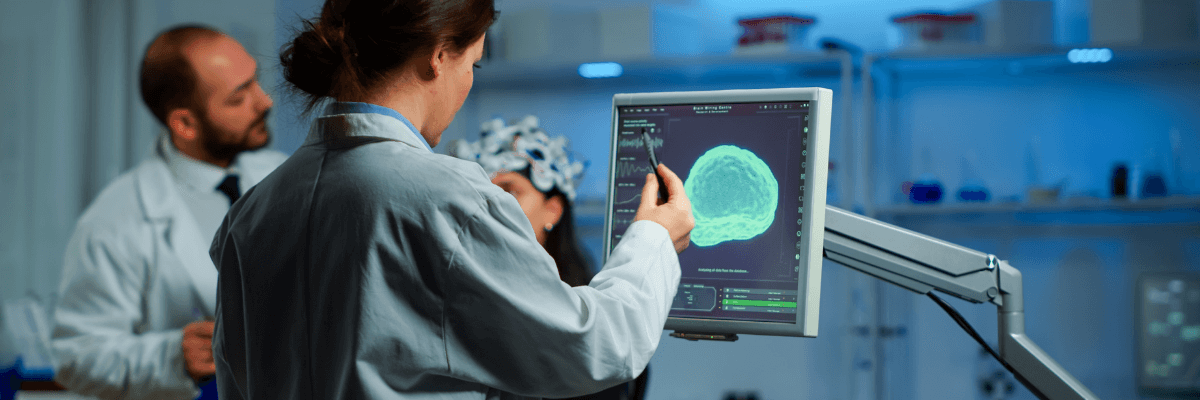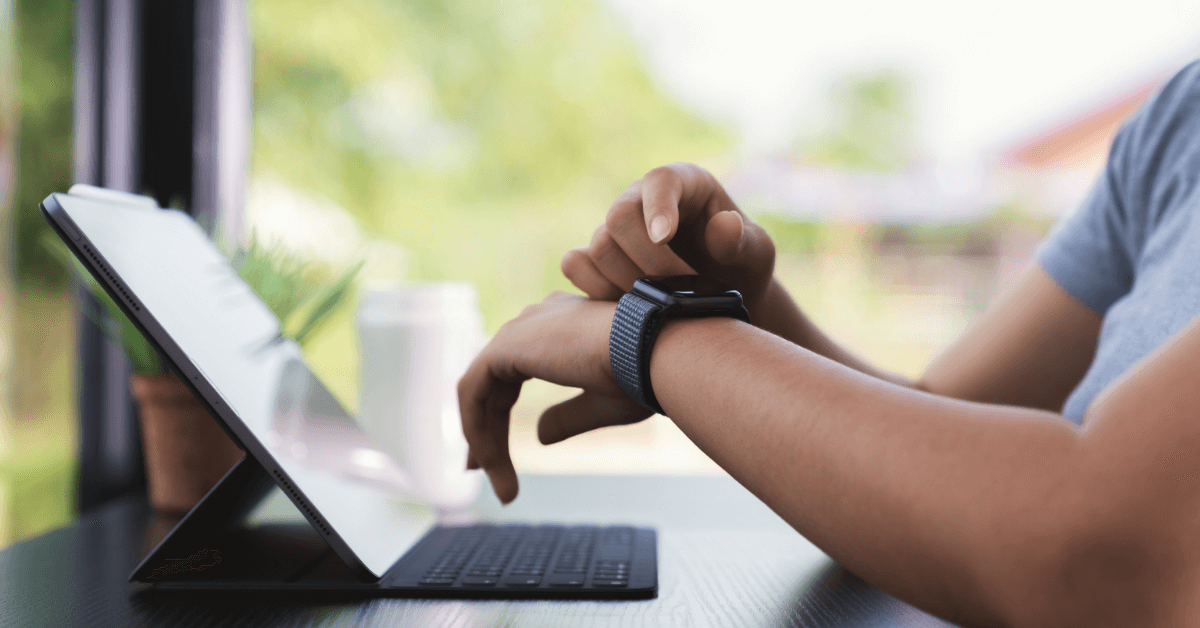Wearable devices and smartwatches have been trending amongst millennials for quite some time now. Until a few years ago, wearable technology was rarely seen outside a clinic, where professionals used these devices to gather critical data about patients and help them with recovery. While some of these devices help in tracking the mundane ebb and flow of brain or body glucose levels, others have high-level medical applications like helping the recovery of stroke victims. In this article, you will get to know the impact of wearable technology in healthcare industry.
No, denying that these technologies improved countless lives, but it took the arrival of wearables like the Apple Watch and Fitbit to truly reap the full benefits of wearable tech and become mainstream. Today, the global market for wearable tech is expected to be worth US$116.88 billion by 2025.
So when this technology is breaking all records globally, let’s discuss how wearables can be genuinely useful in the post-pandemic world.
What is the impact of wearable technology in healthcare?
Smart wearables are helpful in more than one way. In fact, cutting-edge technologies over the years have made the work quite easy. Their key features such as battery life, data security, hands-free monitoring, etc, made them more accessible for healthcare applications.
Impact of Wearable Technology in Healthcare
1. Prevention of Diseases

Wearable technology can be more useful than you think. From the health point of view, if it’s leveraged in the best and most efficient way, it can prove to be of great significance to the healthcare industry. One of the key benefits of smart wearable technology is that it can timely detect issues in your health patterns. By regularly monitoring your health patterns you can beware of your own health issues before they become too chronic.
This technology can also be of great significance in highly populated countries, it can be challenging to overcome health issues. Smart wear tech can detect falls in deadly patterns and analyze mass data to help in the prevention of certain diseases over time.
2. Health Maintenance

Not just that, smartwatches can also help you lead a healthy life. Obesity and stress are the outcomes of modern lifestyles that affect a person’s health adversely. Wearable technology can be used in a way to improve that for instance, to issue reminders to exercise, drink water, or check posture whenever necessary, thereby improving a person’s well-being. Stress levels can be detected by measuring physiological indicators like heart rate and blood pressure among other vital signs. This helps to know when a person actually needs medical help.
3. Remote Patient Monitoring

Besides the monitoring of potential issues and their corresponding threats, smart wearables can be used for lesser or non-critical factors. This technology can be leveraged greatly using mobile applications. Due to its potential of making monitoring easy, many companies are now investing in apps for mobiles as well as wearables.
For example, patient tags, badges, or wristbands can be used to track a patient’s blood pressure and heart rate. This can save the precious time of our healthcare professionals and allow them to focus on patients who need severe care.
4. Eliminating Medical Expenses

As per California Telehealth Resource Center, there was a 50% reduction in hospital visits through the use of home monitoring devices for chronic diseases.
Traditional healthcare includes visiting the hospital several times and undertaking different tests and scans. The cost incurred not only includes doctor fees, costs of treatment, lab fees, and cost of medicines, but also insurance costs and the cost of traveling in case of patients living in remote areas. One thing that makes these devices a good fit for healthcare is that they can reduce your medical expenses.
All you have to do is to use an app. The transmission of physiological data to healthcare professionals can help them keep a check on their patients.
5. Tracking of Machines and Equipment

Sometimes when the hospital’s infrastructure is spread over a large area, transporting and looking for equipment can be a bit challenging. Wear tech can come in handy in these scenarios and can be a huge help while locating different equipment and machines in large buildings.
Many times we see the hospital staff wasting their time trying to locate the equipment when they need to use it. This can be solved by planting beacons or sensors to tag these assets. This way the location of equipment can be easily traced thus saving time and lives.
6. Disease Management

Patients recovering from chronic conditions such as cancer, obstructive pulmonary disease, heart strokes, etc need to be supervised at all times. They can utilize the advantage of wearable technology. It is a great way of decreasing patient-doctor distance in case of deadly diseases.
According to Swiss firm Soreon Research, 1.3 million lives were saved by wearables by 2020. This is enough evidence for the role that smart wearable technology will play in healthcare in the future.
Conclusion
Smart wear tech does have some challenges, but it is also a need in today’s world. Our modern lifestyles have made us incapable of maintaining good health. So when technology has affected our lives so deeply, why not use it to our advantage?
Tech giants like Samsung and Apple are investing in wearable technology and apps for healthcare and we can’t thank them enough. It’s time that we bring some changes to lead a healthy life.
Want to develop a wearable app for your business? Our digital product design agency can help you build a market-fit app.









